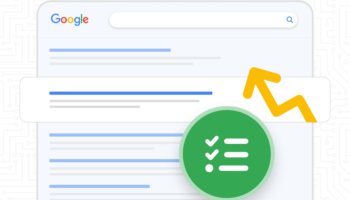More people today shop on their phones than ever before, accounting for over 70% of all online sales.
The driving force behind the surge in mobile shopping is simple: convenience. People like being able to lift their phone and order what they need, regardless of where they are.
The growth of eCommerce is staggering, jumping nearly 350% since 2016 to reach a projected $3.56 trillion this year (up from $2.91 trillion in 2020). This makes it more important than ever for web developers to focus on optimizing eCommerce sites properly.
Desktops once commanded the lion’s share of purchases, but now, the majority of online purchases are made on mobile devices. People are also spending more time on their devices, up from 188 minutes per day in 2016 to 234 minutes per day this year.
Aside from convenience, most mobile users also report they like shopping on their phone as it saves them time.
Not surprisingly, after a year of “virtual life,” only 9% of consumers say shopping at brick-and-mortar stores provides the most “convenient experience.”
Still Room for Improvement
A whopping 90% of shoppers say that their experiences with mobile commerce could be better. This means that images will need to be compressed, links, buttons, and other clickable areas will need to be bigger, and menus will have to fit in the palm of your hand.
The greatest hindrance mobile users face while shopping is pages with links too small to click, so this should be a top priority for developers.
Developers can also learn from Amazon, as 61% of consumers say Amazon provides a more streamlined checkout experience than their favorite online retailer. In addition, 65% of consumers say Amazon makes it easier to find what they are looking for.
Google’s Top 3 Recommendations
For eCommerce clients, Google encourages site owners to evaluate three things:
1. Site Speed
Google says nearly half of all visitors will abandon a mobile site if the pages load slowly (longer than 3 seconds), so, reducing load time, or the time it takes for a webpage to show up on your screen, is the first priority for a web developer.
2. Easy Navigation
Phone screens can be pretty small, so making menus and buttons easy to access is important. Nobody wants to have to hunt and zoom to shop—Google recommends simplifying the site menu and keeping everything visible and easy to click.
3. Streamlining the Call-to-Action
The most important aspect of a site is an effective call-to-action (CTA). A site may be beautiful and have great content, but if there is no CTA, consumers may not buy or connect. Minimizing the number of steps when placing an order will also help improve user experience.
It used to be that sites were built for desktop and mobile compatibility was an afterthought. But now that phones have taken center stage, it’s an opportune time for developers to focus more closely on mobile optimization.
If you want to maximize your site’s mobile shopper revenue, contact the experts at Hall to see how we can optimize your eCommerce site today.





